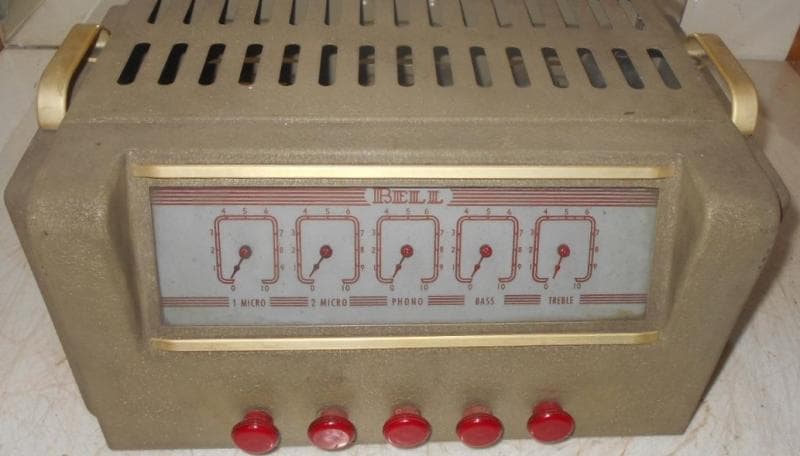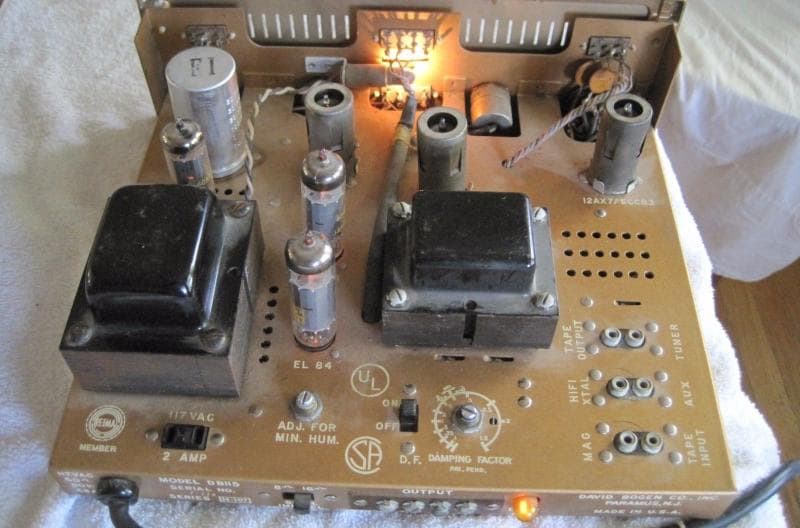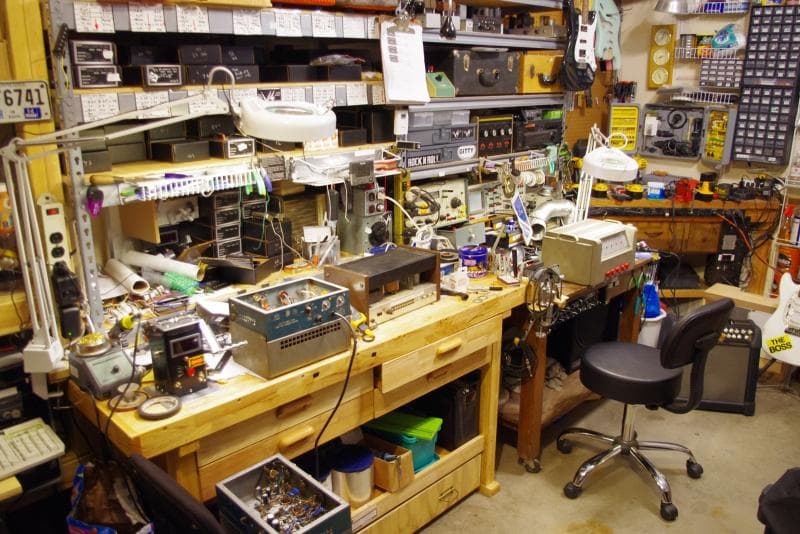Your Cart is Empty
NOW FREE SHIPPING TO 48 CONTIGUOUS UNITED STATES ON ALL ORDERS!!!
How to Power Up a Tube Amp After a Long Time In Storage
by vaughn skow November 18, 2016 3 min read

You’ve just dug an old Tube amp out of Grandpa’s attic; or maybe got a deal on eBay or Craigslist. So, how do you safely turn it on to assess its health? Well, there’s really NO way that’s guaranteed to be safe, but here is the best advice I can give ya.
Don’t Just Plug it in, turn it on and hope for the best.
Believe me, this is a proven recipe for smoking resistors and capacitors. And oh how terrible the smoke smells! It’s the reverse of the old Nike line: JUST DON’T DO IT!
Never turn a tube amp on without a speaker load.
On eBay I’ll often see amps listed as something like “turned on and all the glass bottles lit up”, and the accompanying pic will show the amp with the tubes glowing and NO SPEAKER connected. The output transformer of a tube amp expects to see a certain impedance on the tube side of the tranny, and a reflected impedance on the speaker side. Now, most old amps are forgiving of loads up to +/- 100% of the expected load (in other words an amp expecting an 8-ohm speaker impedance is generally safe at 4-16 ohms. But, no speaker load at all, nope, that ain’t safe for even a few seconds! Figure any tube amp ran without a speaker load has a pretty good chance of having bad output tubes, output transformer, or both. Again, JUST DON’T DO IT!
This pic was taken directly from an eBay auction. What's wrong? Yep, the tubes are all aglow ... with no speaker load! Don't do that!!!

So … what SHOULD you do?
First visually inspect all of the innards.
Carefully look for fried resistors or blown out electrolytic capacitors. Then, check all the filter caps and other big-value caps with an ESR meter and replace any bad ones prior to powering up. Also check the important grid and coupling caps and resistors and replace ones that are way out of spec before powering up.
Next check all the tubes on a tube tester.
They don’t have to test “as new” … but if they are just flat shorted, gassing, or WAY below minimum spec, replace them before powering up. In a push-pull amp with 2 or 4 power tubes (or more) you will also want to make sure the output tube pairs are at least FAIRLY closely balanced.
Then remove all the tubes except the Rectifier tube.
And fire the old girl up on a variac starting at about 25 volts AC. Note that you do NOT need to have her hooked up to a speaker load at this point because you have REMOVED the output tubes! Increase the voltage about 20 volts every 20 minutes until you have reached full voltage. If nothing is smoking and you haven’t blown a fuse, you are ready to continue.
Now load her up with tubes.
At this point, make sure she’s hooked up to an appropriate speaker load, and you might want to run her through a visual over-current protection device (light bulb); the bulb should be an old fashioned incandescent of about 150-300 watts (or multiples that add up to this). For info on the “light bulb” current limiting device, click HERE.
With amps that have been dormant for a long time, I like to start with it on the variac at about 90 volts for a few minutes before slowly bringing the power up to full line voltage (provided nothing snaps, crackles, pops, or smokes). Now listen for unusual noise as you turn the controls through their ranges. A little “warm heater” smell is normal at this point, but keep your nose and eyes open, and if you smell ugly burning smells or see smoke, cut the power!
If all is still well, give her some input signal.
I like to start with music from my mp3 player, etc. Just turn her up and see what she sounds like. If she sounds entirely happy, then it’s time to plug in a guitar and see how she sounds. I won’t get into any mods you might want to make to an old amp as that is out of the scope of this blog. I’ll say this: if the amps happy, and you are happy, then you’re done!
Here's a peek inside my amp shop, where several old tube amps are curently being loved back to life!

Leave a comment
Comments will be approved before showing up.
